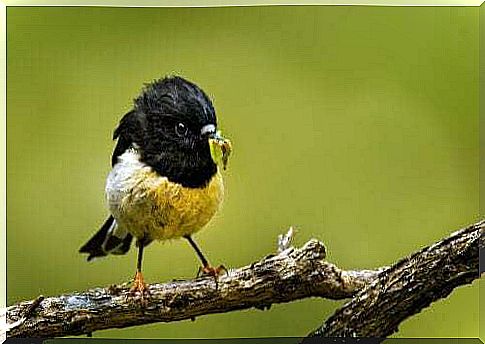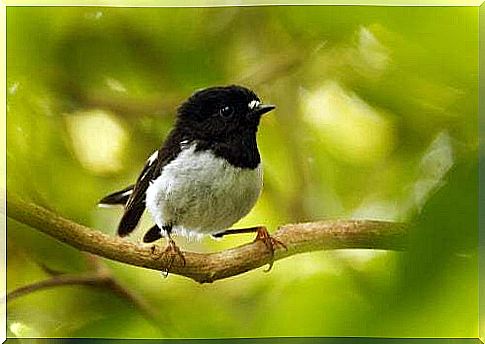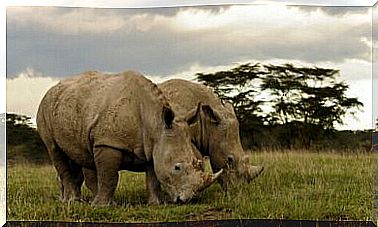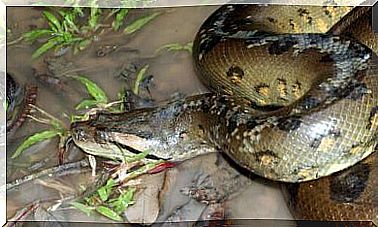Animals Living On Islands Have The Largest Brains

Island-dwelling animals have faced numerous evolutionary challenges, unlike those of their peers living on continents.
That’s why, in the course of a comparative study, the researchers found that this may have affected the size of their brains. Let’s see together why the animals that live on the islands have the largest brains.
What happens to the animals that live on the islands?
The protagonist of this study is the New Zealand nurse (scientific name Petroica macrocephala ), whose physiognomy has aroused the interest of the scientific community. Its scientific name is not accidental and refers to the size of its head, the largest among the birds of this continent.
This little bird is only about 13 centimeters long, it is insectivorous and there are various colors on the islands where it lives. Males are normally black and white, although the Snares Islands subspecies are almost completely black.

It is also true that many animals living on islands are extremely intelligent: one of the best known examples is that of the crows of New Caledonia. Although in general corvids are very intelligent birds, the case of these birds being able to make tools is incredible.
A study of enormous scope
The team of researchers analyzed more than 11,000 specimens of 1,931 bird species, both continental and among those living on the islands. The result is that the birds that live on the islands generally have the largest brains.
Research suggests that island environments are more unpredictable and therefore could have affected the brain size of animals living on the islands. Another option is that higher intelligence birds have been able to colonize these ecosystems more effectively.
Birds – an exception?
Although scientists do not exclude that this evolutionary pattern could have been repeated in other animals as well, there have been studies on primates that have not produced the same results. This may be due to the fact that the sample was not as global as that of the New Zealand nurse.

Another determining factor may have been the birds’ ability to fly, which allows them to colonize new ecosystems much faster and more effectively.
The islands are real experimental laboratories for researchers working in the evolutionary field. In fact, other similar processes have been observed, such as the fact that the size of the brains of animals tends to vary.
However, the conclusions of this brain size study are quite comprehensive and amply prove. In fact, it appears that, in general, not only the New Zealand nurse, but all the birds on the island have bigger brains than expected.
The researchers insist on considering this study as proof that the islands are extremely uncertain places for the animal species that inhabit them.








